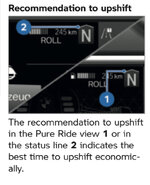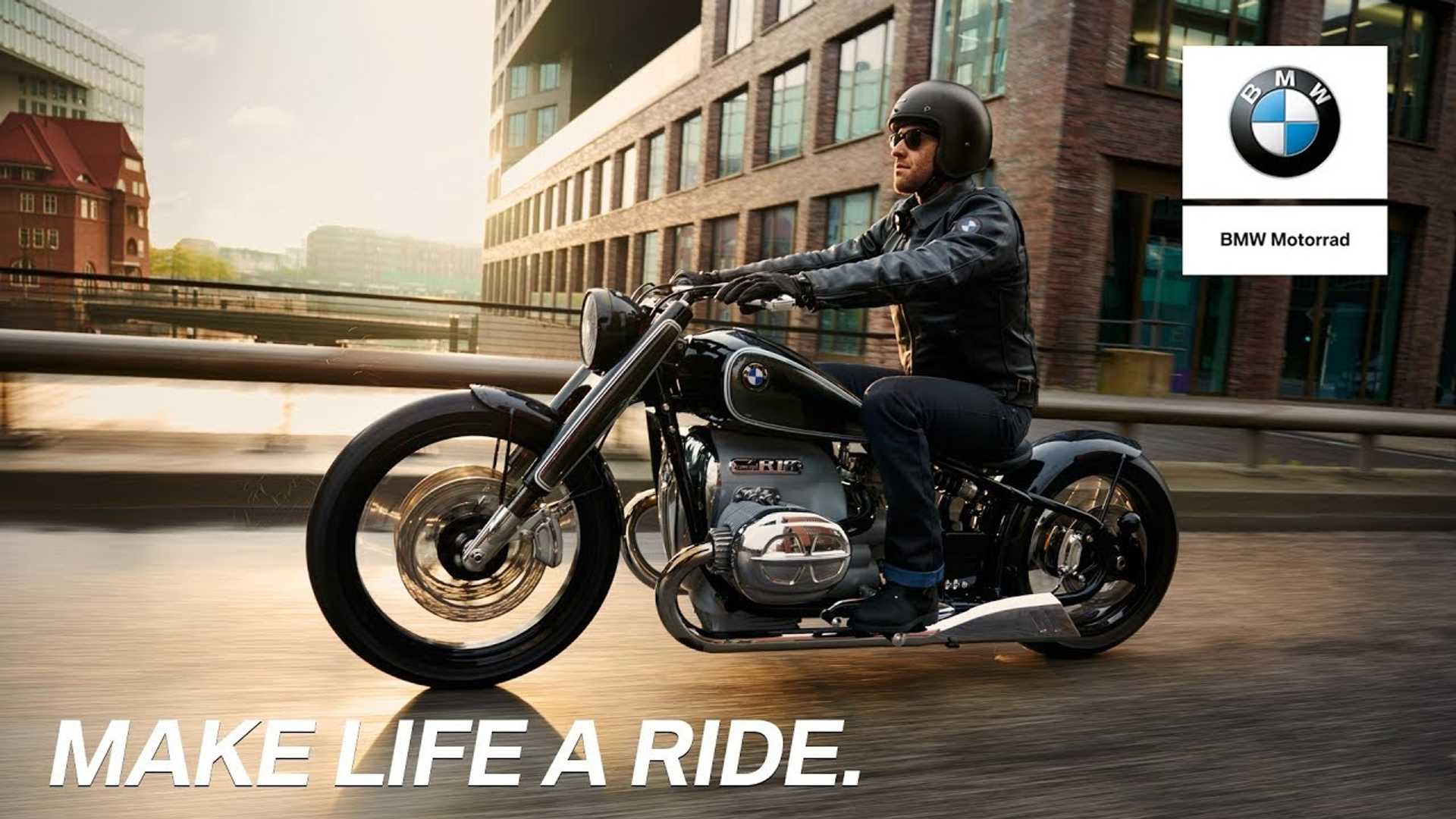Hi everyone.
I often wondered if this was an option on the B and TC and apparently it is, however, the user manual is very vague or I just need my second morning coffee.
Being bored and indoors I decided to read the manual and I came across the attached but I cannot tell how to set it up.
Has anyone tried?
Cheers

I often wondered if this was an option on the B and TC and apparently it is, however, the user manual is very vague or I just need my second morning coffee.
Being bored and indoors I decided to read the manual and I came across the attached but I cannot tell how to set it up.
Has anyone tried?
Cheers

